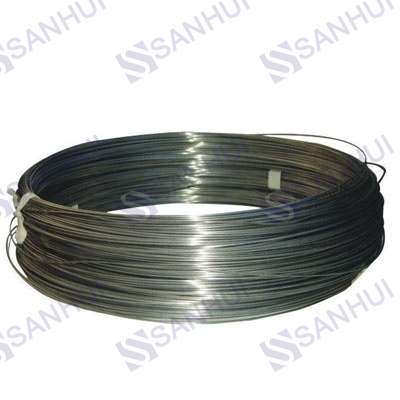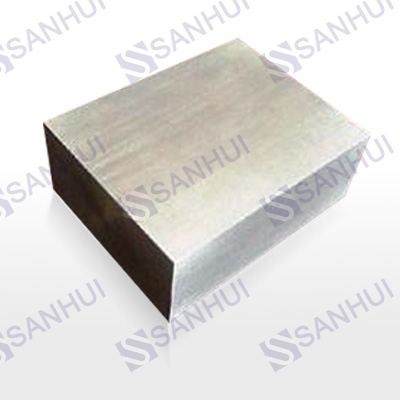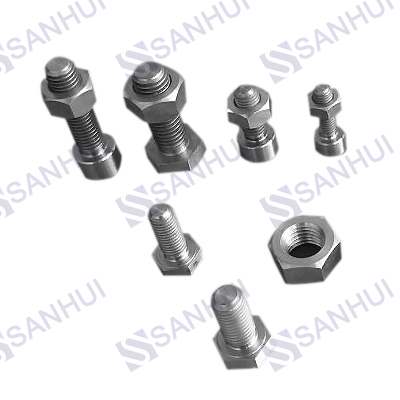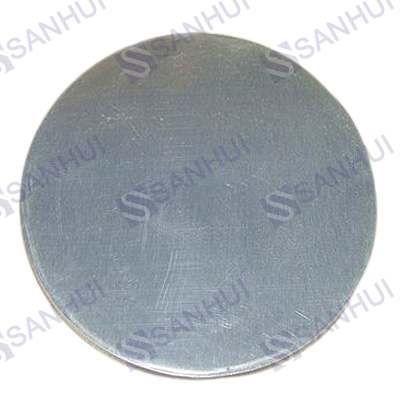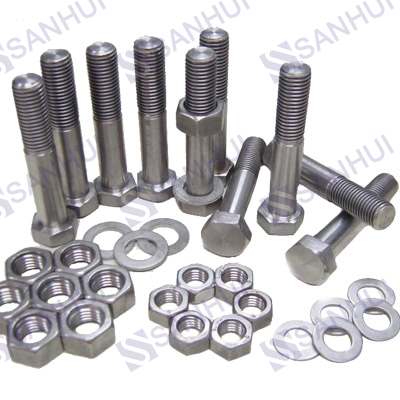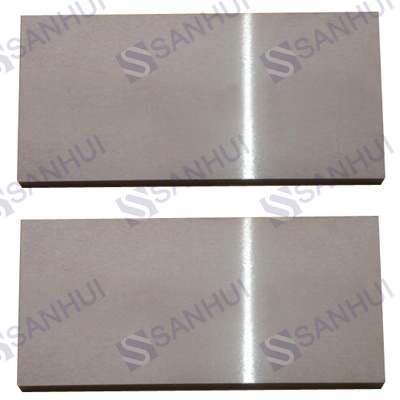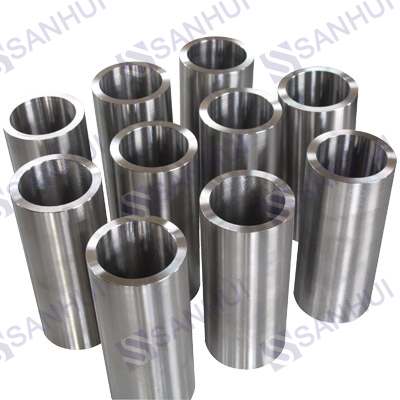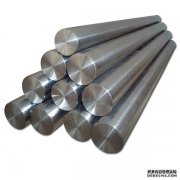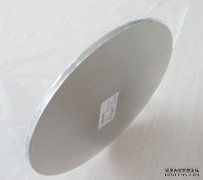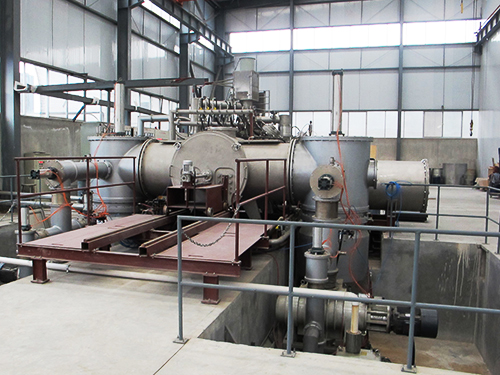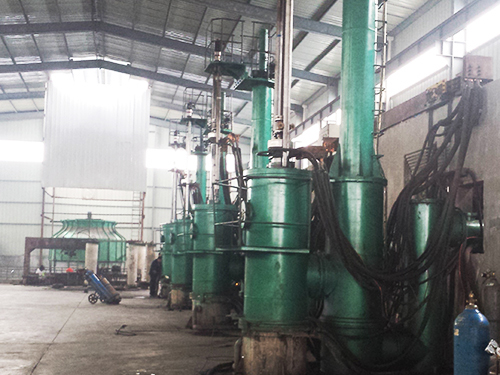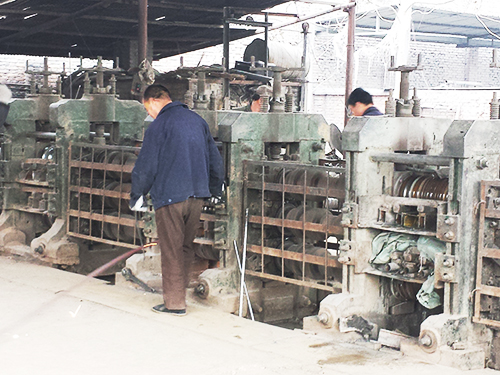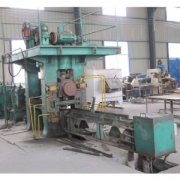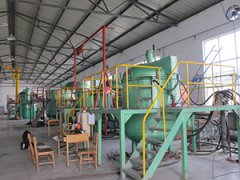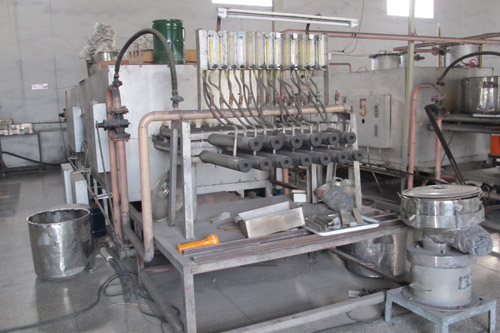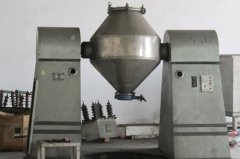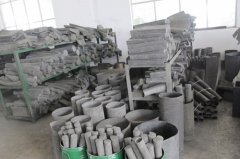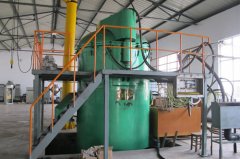Zirconium is also a passive metal, which is easy to oxidize and form a compact passive film on the surface. It is the ability of zirconium to resist most organic acids, inorganic acids, strong bases, molten salts, high temperature water and liquid metals. At atmospheric boiling point temperature, all concentrations of hydrochloric acid have excellent corrosion resistance, but there is the possibility of hydrogenation above 149 degrees hydrochloric acid. Zirconium can be used at 250 degrees centigrade, with a mass fraction of not more than 70% nitric acid, but it is easy to get angry in concentrated nitric acid with little water content. Zirconium has good corrosion resistance in organic acid, but in hydrofluoric acid, concentrated sulfuric acid, concentrated phosphoric acid, aqua regia, bromine, hydrobromic acid, fluoride, calcium hypochlorite, fluorine boric acid, it has no corrosion resistance. In the oxidation of chloride such as copper chloride, ferric chloride solution, it has corrosion resistance, but in the reduction of chloride solution it has no corrosion resistance.
When zirconium is in the air, it will peel off at 425 degrees to produce white zirconia at 540 degrees and become brittle at 700 degrees Celsius. Zirconium reacts with nitrogen at 400 degrees and reacts strongly at about 800 degrees. Oxygen and nitrogen in zirconium can not be removed by vacuum annealing. Zirconium begins to absorb hydrogen at 300 degrees Celsius, which can cause hydrogen embrittlement and can be eliminated by vacuum annealing at 1000 degrees.




